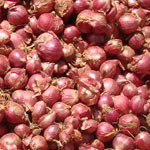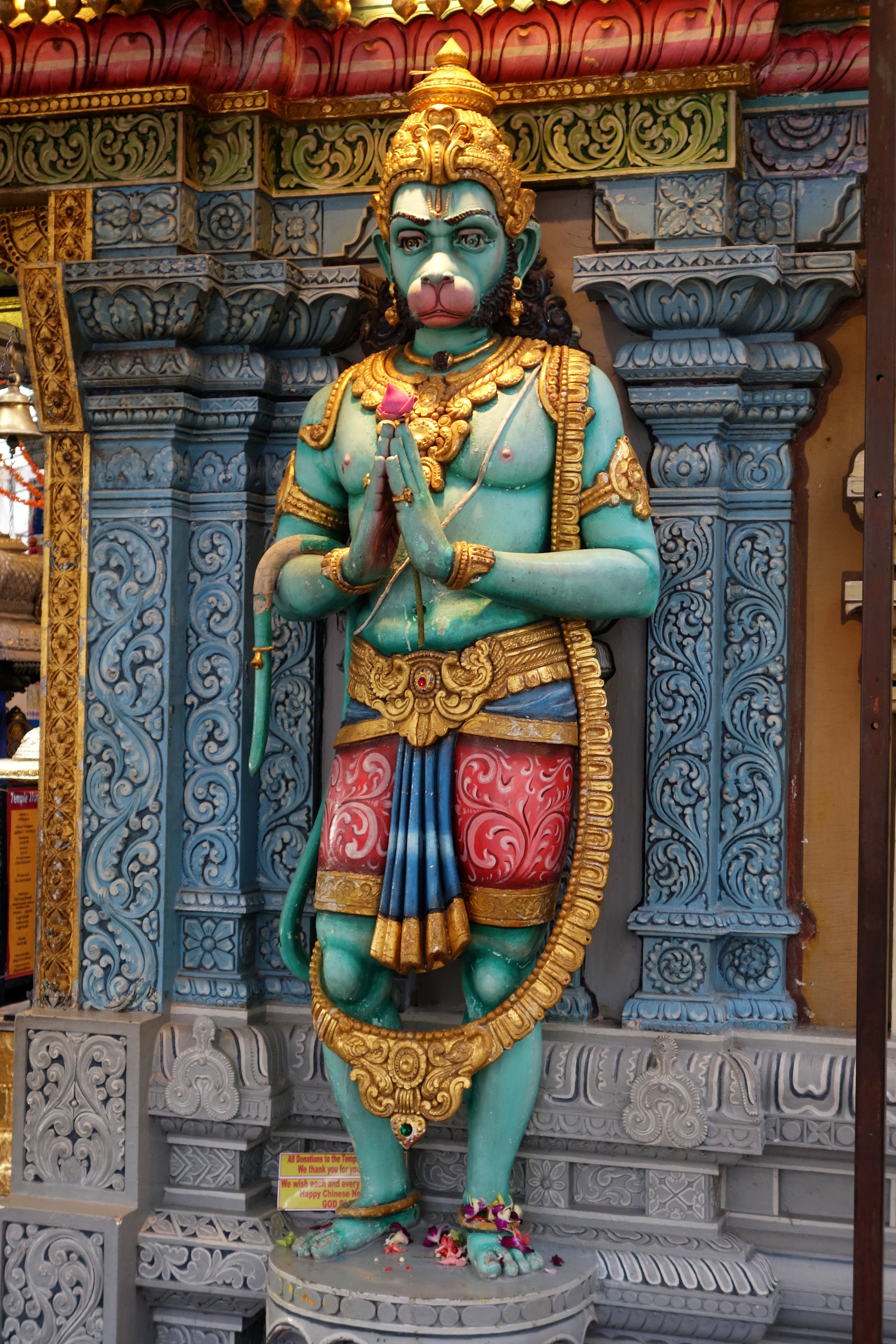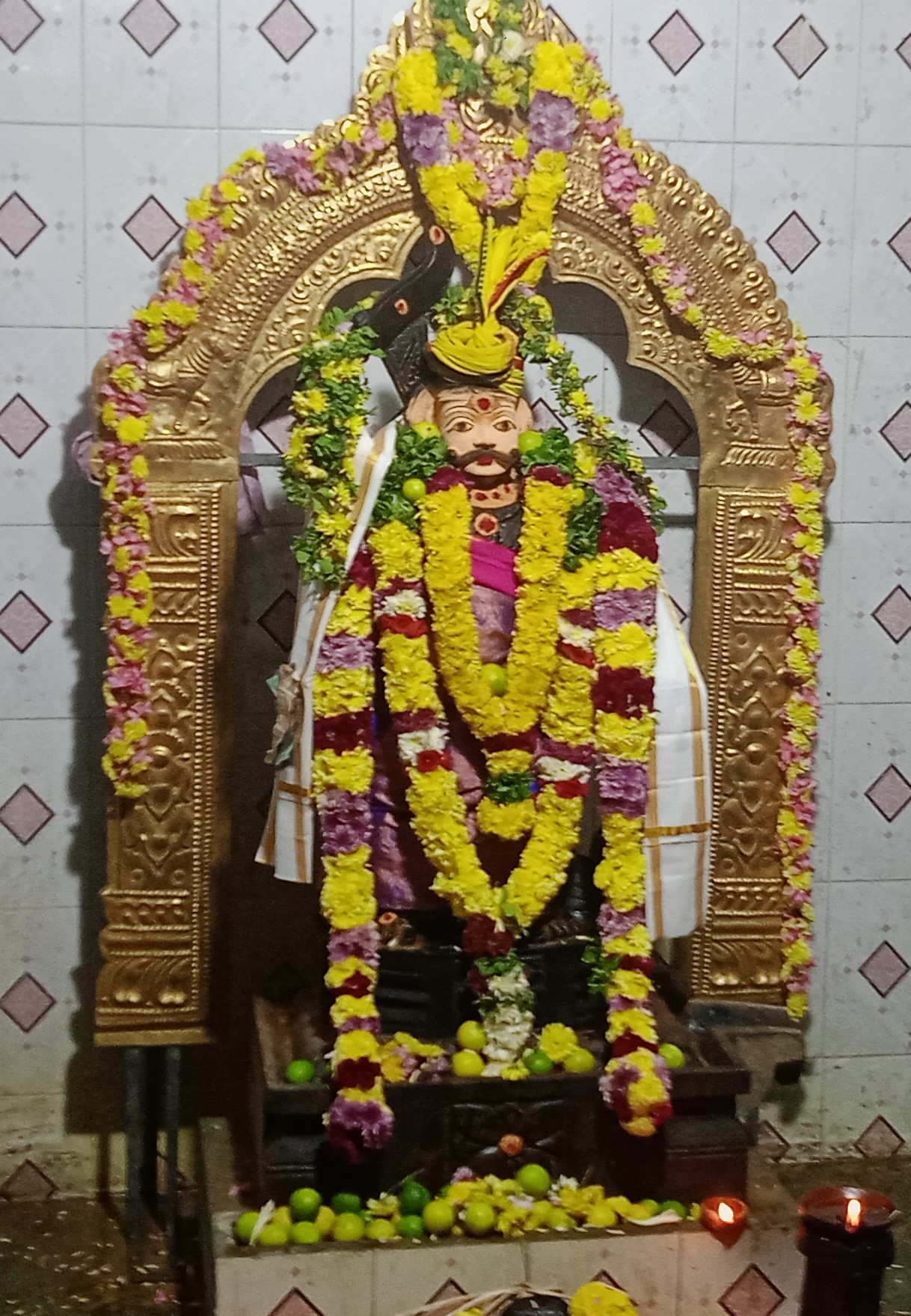|
Nakkasalem
Nakkasalem is a village in the Perambalur district in the state of Tamil Nadu, India. Location Nakkasalem is a medium-sized village with a population of 3521 in 2009, almost at the geographical centre of Tamil Nadu state. The village is situated on a plain at the foothills of the Pachamalai range of hills. Nakkasalem is well connected to the nearby towns of Thuraiyur (12 km) and Perambalur (21 km) by Tamil Nadu State Highway 142. The nearest major city is Trichy (Tiruchirapalli, 45 km), which also has the nearest train station and airport. The village is about 290 km southwest of Chennai (previously known as Madras). Frequent buses connect Nakkasalem with Thuraiyur, Perambalur, Trichy and beyond. Occupation Farming is the predominant occupation of most people in the village. Annual rainfall is about 800mm, mostly from the northeast monsoon between October and December. Seasonal dryland farming dominates the agricultural activity, although irrigated ... [...More Info...] [...Related Items...] OR: [Wikipedia] [Google] [Baidu] |
Perambalur
Perambalur is a town in the Indian state of Tamil Nadu. It is the headquarters of Perambalur district and Perambalur ''taluk'' (sub-district). census, the town had a population of 49,648. There are a set of 11th century Buddha statues around the villages of Perambalur called Perambalur Buddhas. Geography It is the largest town and administrative headquarters of Perambalur district, as well as Perambalur taluk, Perambalur Taluk (Sub-District). The town covers an area of 20.59 sq.km. Though a landlocked district, fossils of marine species dated 416 million years ago were found near the Kunnam taluk of the district, revealing the fact that the land was part of the ancient sea. Demographics According to 2011 census of India, 2011 census, Perambalur had a population of 49,648 with a sex-ratio of 1,013 females for every 1,000 males, much above the national average of 929. A total of 5,190 were under the age of six, constituting 2,678 males and 2,512 females. Scheduled Castes ... [...More Info...] [...Related Items...] OR: [Wikipedia] [Google] [Baidu] |
Thai Pusam
Thai or THAI may refer to: * Of or from Thailand, a country in Southeast Asia ** Thai people, the dominant ethnic group of Thailand ** Thai language, a Tai-Kadai language spoken mainly in and around Thailand *** Thai script *** Thai (Unicode block) People with the name * Thai (surname), a Vietnamese version of Cai, including a list of people with the name * Thai Lee (born 1958), an American businesswoman * Thai Nguyen, US-based Vietnamese fashion designer and television personality Other uses * Thai (cannabis), a name for the drug * Thai Airways, the national airline of Thailand * Thai cat, a breed of cat * Thai, a month in the Tamil calendar * Toe to Heel Air Injection (THAI), a method of extracting oil from oil sands See also * * Dai (other) * Tai (other) * Tay (other) * Thais (other) * Thay (other) * Tie (other) * Siam (other) Siam is the former name of Thailand, and is used to refer to the hist ... [...More Info...] [...Related Items...] OR: [Wikipedia] [Google] [Baidu] |
Murugan
Kartikeya ( sa, कार्त्तिकेय, Kārttikeya), also known as Skanda, Subrahmanya, Shanmukha (), and Murugan ( ta, முருகன்), is the Hindu god of war. He is the son of Parvati and Shiva, the brother of Ganesha and a god whose legends have many versions in Hinduism. Kartikeya has been an important deity in the Indian subcontinent since ancient times, worshipped as Mahasena and Kumara in North India and is predominantly worshipped in the state of Tamil Nadu and other parts of South India, Sri Lanka, Singapore, and Malaysia as Murugan. Murugan is widely regarded as the "God of the Tamil people". It has been postulated that the Tamil deity of Murugan was syncretised with the Vedic deity of Subrahmanya following the Sangam era. Both Muruga and Subrahmanya refer to Kartikeya. The iconography of Kartikeya varies significantly; he is typically represented as an ever-youthful man, riding or near an Indian peafowl, called Paravani, bearing a ... [...More Info...] [...Related Items...] OR: [Wikipedia] [Google] [Baidu] |
Chettikulam
Chettikulam is a small coastal village in Tirunelveli district, Tamil Nadu, India. It is from Kanyakumari on the east coastal road connecting Kanyakumari with Thiruchendur. The nearest town is Nagercoil. The Kudankulam Nuclear Power Project has built a large township known as Anuvijay Township for its employees near the village. The village has a telephone exchange, bank ( SBI Pandian Grama Bank), post office and four schools. Including the township, the population is nearly 28,000. Chettikulam has beach and pond. There is a family park in the beach, which used to be covered with coconut trees. The sea shore is the longest in Tirunelveli district. It is almost long. During festival times peoples from chettikulam as well as tourists gather here. The village is surrounded by agricultural lands. Culture People of Chettikulam basically worship and follows "kula theiva vazhibadu" all families here having their own kula theivam (Family Temple). Here Our god and we would eat M ... [...More Info...] [...Related Items...] OR: [Wikipedia] [Google] [Baidu] |
Hanuman
Hanuman (; sa, हनुमान, ), also called Anjaneya (), is a Hindu god and a divine '' vanara'' companion of the god Rama. Hanuman is one of the central characters of the Hindu epic ''Ramayana''. He is an ardent devotee of Rama and one of the Chiranjivis. Hanuman is regarded to be the son of the wind-god Vayu, who in several stories played a direct role in Hanuman's birth, and considered to be an incarnation or son of Shiva in Shaivism. Hanuman is mentioned in several other texts, such as the epic ''Mahabharata'' and the various Puranas. Evidence of devotional worship to Hanuman is largely absent in these texts, as well as in most archeological sites. According to Philip Lutgendorf, an American Indologist, the theological significance of Hanuman and devotional dedication to him emerged about 1,000 years after the composition of the ''Ramayana'', in the 2nd millennium CE, after the arrival of Islamic rule in the Indian subcontinent.Paula Richman (2010), ''Revie ... [...More Info...] [...Related Items...] OR: [Wikipedia] [Google] [Baidu] |
Folklore
Folklore is shared by a particular group of people; it encompasses the traditions common to that culture, subculture or group. This includes oral traditions such as Narrative, tales, legends, proverbs and jokes. They include material culture, ranging from traditional building styles common to the group. Folklore also includes Tradition, customary lore, taking actions for folk beliefs, the forms and rituals of celebrations such as Christmas and weddings, folk dances and Rite of passage, initiation rites. Each one of these, either singly or in combination, is considered a Cultural artifact, folklore artifact or Cultural expressions, traditional cultural expression. Just as essential as the form, folklore also encompasses the transmission of these artifacts from one region to another or from one generation to the next. Folklore is not something one can typically gain in a formal school curriculum or study in the fine arts. Instead, these traditions are passed along informally from o ... [...More Info...] [...Related Items...] OR: [Wikipedia] [Google] [Baidu] |
Virabhadra
Virabhadra (), also rendered Veerabhadra, Veerabathira, and Veerabathiran, is a fierce form of the Hindu god Shiva. He is created by the wrath of Shiva, when the deity hurls a lock of his matted hair upon the ground, upon hearing of the self-immolation of his consort, Sati, at the Daksha yajna.the Horse-sacrifice of the Prajapati Daksha The Mahabharata translated by Kisari Mohan Ganguli (1883–1896), Book 12: Santi Parva: Mokshadharma Parva: Section CCLXXXIV. p. 315 Mahadeva created from his mouth a terrible Being whose very sight could make one's hair stand on its end. The blazing flames that emanated from his body r ... [...More Info...] [...Related Items...] OR: [Wikipedia] [Google] [Baidu] |
Karuppu
Karuppu Sami (Tamil language, Tamil: கருப்பசாமி, IAST: Karuppasāmi) is one of the regional Tamil male deities popular among the rural social groups of Tamil Nadu and parts of Kerala. He is one of the 21 associated folk-deities, and is hence one among the demigods or Kaval Deivam, kaval deivams in Dravidian folk religion. He is sometimes considered to be a form of Shiva among Shaivism, Shaivas. Muthu karuppasamy Temples and shrines Karuppu Sami temple is mostly found in the outskirts of the Village. Usually, the whole village contributes to the maintenance of the temple. These temples/shrines do not have traditional Gopurams and have large statues of Gods with large eyes, holding weapons like bow and arrow, swords, sickle and other weapons. There could also be statues of 7 Kannimar goddesses/Saptha Kanniyar (7 virgins) and animals, often a hunting dog, a lion and horse alongside the main idol of Karuppu Sami. Karuppu Sami worship is based on an ancient ance ... [...More Info...] [...Related Items...] OR: [Wikipedia] [Google] [Baidu] |
Mariamman
Mariamman, often abbreviated to Amman, is a Hindu goddess of rain, predominantly venerated in the rural areas of South India. Her festivals are held during the late summer/early autumn season of Ādi throughout Tamil Nadu and the Deccan region, the largest being the ''Ādi Thiruviḻa''. Her worship mainly focuses on bringing rains and curing diseases like cholera, smallpox, and chicken pox. Mariamman is worshipped in accordance with local traditions such as ''Pidari'' or the '' Gramadevatai.'' She is considered as a guardian deity (kaval deivam) by many South Indian village-dwellers. Origin Mariamman's worship originated in the traditions of Dravidian folk religion, the faith practised by the inhabitants of the south before its syncretism with Vedic Hinduism. She is the main Tamil mother goddess, predominantly venerated in the rural areas of South India. Mariamman has since been associated with Hindu goddesses like Parvati, Kali, Durga,"The truthful Kali who guarded the h ... [...More Info...] [...Related Items...] OR: [Wikipedia] [Google] [Baidu] |






